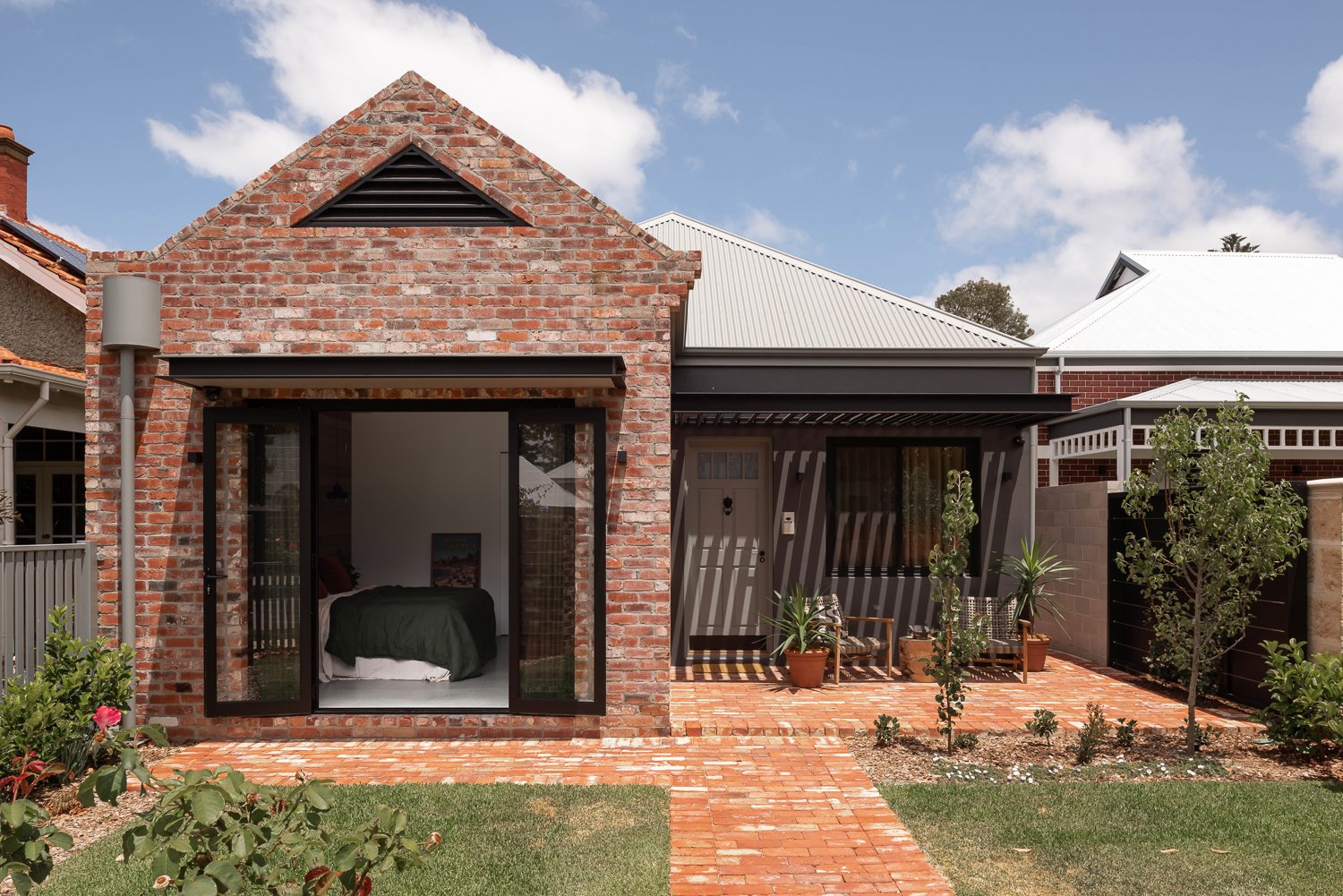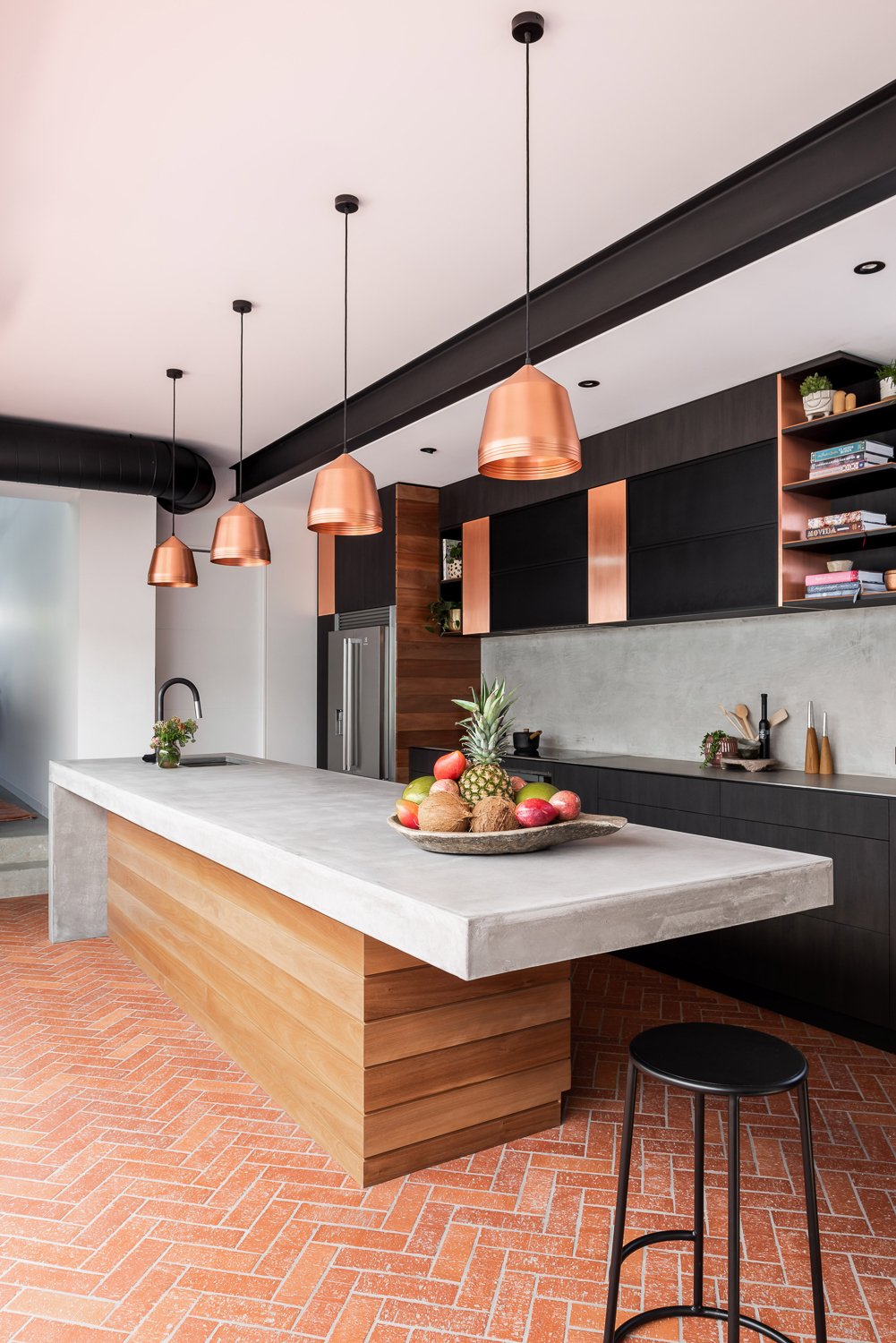Ever since the very first project that we did under the ‘Arklen’ name in 2011, a respect for the environment has been one of our core philosophies. We love working with sustainability-minded designers to build homes that are good for both our clients and the environment. This also includes conscious processes that we maintain on all of our construction sites. But what we haven’t done yet, is go into the details about why this is a good thing for us, the environment and, of course, you. So, let’s get into it.
STARTING WITH THE ENVIRONMENT
You can’t talk about the benefits of sustainability without mentioning the reason it became so important in the first place, and that’s to reduce our impacts on the environment. Unfortunately, the building and construction sector has quite a negative impact. In 2021, for example, it accounted for over 34% of energy demand and approximately 37% of energy and process-related CO2 emissions. These numbers do account for a wide sector, but it’s still clear that they need to be reduced.
So, how do we at Arklen play our part? Our goal for every project is to combine sustainability and luxury, so there’s no need to choose one or the other. To do this, there’s a lot to consider (which is why we wrote a whole blog on it), but it comes down to waste management, material choices and design. We always aim to minimise waste—of which there’s a lot in the construction industry—by reusing and recycling what we can, or even storing excess materials in our workshop. Everything else is properly sorted and sent to a waste facility that diverts 80-90% from landfill. When it comes to choosing materials, we have a meticulous selection process and always prioritise locally sourced products to reduce the carbon footprint of transportation. Then, with the designer, we’re always on the lookout for ways to reduce our environmental impact, maximise the space and improve the aesthetic design.
Opting for a small lot home is another great way to consider sustainability - but maximising space will be vital.
BUT HOW DOES IT BENEFIT YOU?
While the environmental benefits of sustainable design are reason enough to implement it, it’s also beneficial in other ways.
Cost-effective
Across industries, sustainability is often associated with extra costs, but it doesn’t need to be this way. In the construction industry, in particular, there are many ways to keep the short-term costs down and we often find that long-term costs are actually reduced when compared to a traditional home. Take operating expenses, for example. While you may need to pay more upfront for better-quality insulation or to install solar panels, in the long-term these can both significantly reduce your reliance on the grid and, therefore, your energy bills.
During construction, there are also many ways to prioritise sustainability without adding much to the upfront costs. For one, we like to use recycled materials where we can. While some of these may need costly manual labour to restore them to a usable state, others, like recycled road base that comes in high quantities, can be significantly cheaper. We’re also very careful about ordering the right material quantities. Many builders will order a significant excess of materials to guarantee they won’t run out during the build, which also means you’re paying for materials you won’t use. This excess then often ends up in landfill, which is why we’re very careful to keep them to a minimum.
Higher-quality
In a similar vein, homes that are designed and built to prioritise sustainability are often better quality. This may be because they’re designed specifically for your needs to avoid wasting space and materials, or with durable materials that will last a long time. Here at Arklen, we think high-quality, long-lasting design should be a priority. It’ll need fewer repairs and replacements in the future, and may even require less maintenance.
To build a high-quality home, there are many things to consider. First and foremost, we ensure we have a great team of skilled trades that can guarantee quality construction. Then, materials should be chosen with significant consideration for their durability and longevity. At Arklen, we only use highly treated timber and fixings as they’re stronger and longer lasting. A third step that can significantly impact quality, though, is the sequencing (or the order in which you build the home). Decking, for example, should be treated before it’s installed (rather than after) as this will ensure no areas are missed and can considerably improve its lifespan.
A gorgeous extensive deck at our Zamia Road project in Gooseberry Hill.
Better for your health
Sustainable homes can even have an impact on the health and wellbeing of the builders and future occupants. By opting for eco-friendly building materials and paints, it’s possible to reduce the levels of VOCs (volatile organic compounds) and other chemicals which can cause a variety of health concerns including eye, nose and throat irritation, nausea and liver damage. Green buildings have also been associated with better mental health and improved work productivity. On a larger scale, they can reduce air pollution and climate change which impact people’s health both now and in the future.
Lots of natural light is also good for your mental health.
THE IMPORTANCE OF DESIGN
Throughout this blog, we’ve spoken about home design and construction, but it’s important to note that these are slightly different and need to work together to get a truly sustainable home. You can use the best-quality sustainable materials on the market but if, for example, the home isn’t not solar oriented, you’ll still end up spending a decent amount on utilities. This isn’t to say your home needs to be 100% sustainable to be worth it, but that the more you can include the more effective the other elements will be as well.
THE SUSTAINABLE AESTHETIC
So, we’ve talked about some of the benefits that come with choosing sustainable design, but what does it actually look like? Examples can be found in many of our projects, but for the sake of simplicity, let’s look at a few of our choices at Langsford Street.
Recycled face bricks were cheaper for the clients, are better for the environment and create a gorgeous character facade:
Burnished concrete floors are very stylish and, as they’re part of the home’s structure, avoid the need for a finish material. Pendant lights in the kitchen are also upcycled from their previous home.
The best ways to approach sustainability will be different for every person and project. Here at Arklen, we can manage both the design and construction of your project, and will find a designer that’ll best suit your specific needs and budget. To learn more, get in touch.
Photography by Peter Ellery Photography, Dion Robeson and Peter Edwards Photography.







